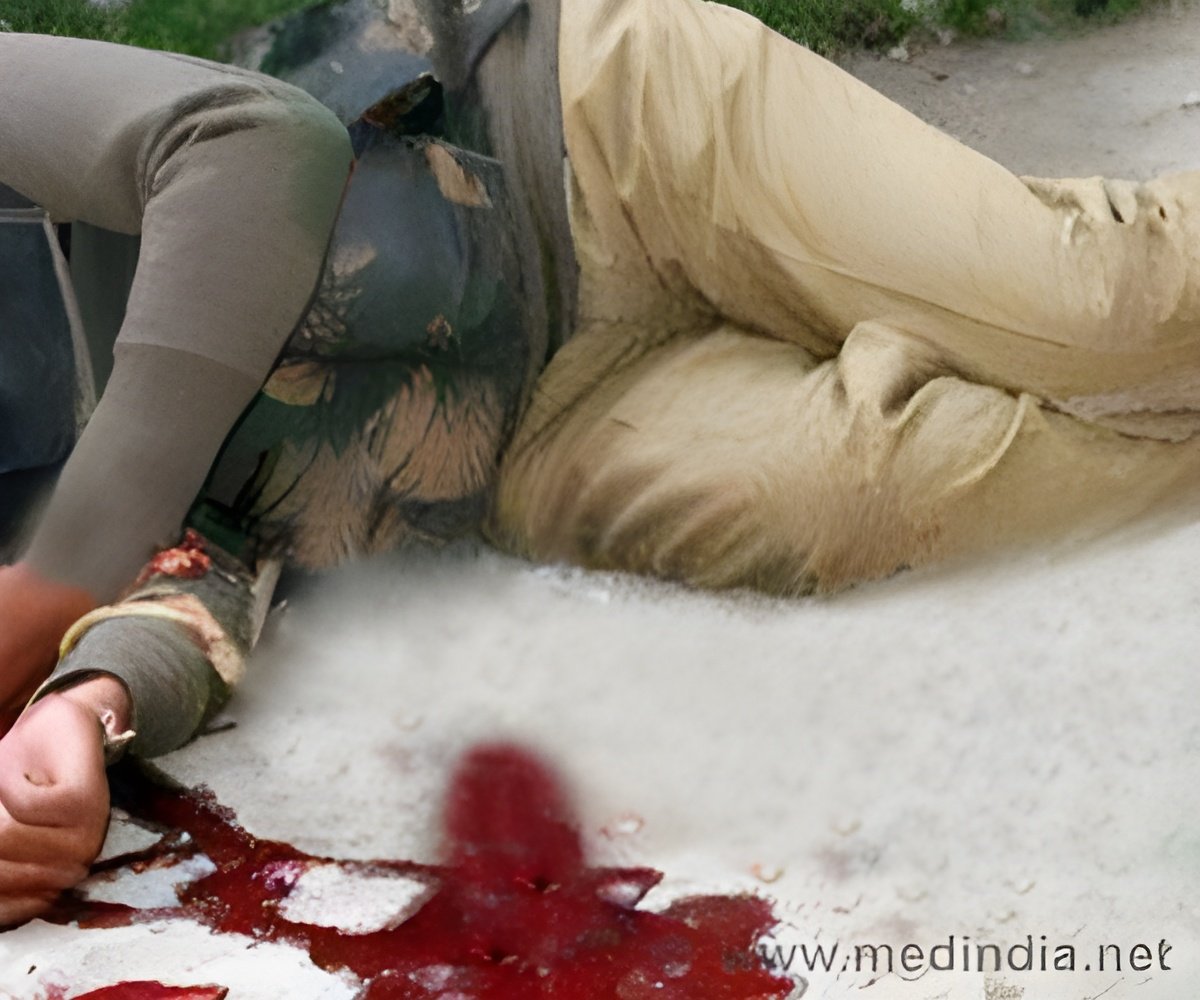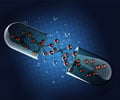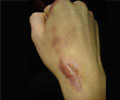New study takes advantage of differences in electrical charge to create an all-aqueous, water-in-water construct that achieves compartmentalization in a synthetic biologic system.

‘Environmentally friendly, bio-compatible, water-in water systems can open up new avenues for treating wounds, delivering drugs in a more controlled way.’
Read More..




"This ability to program stable structure and chemical functionality in all-aqueous systems that are environmentally friendly and bio-compatible will potentially provide unprecedented future capabilities for the Army," said Dr. Evan Runnerstrom, program manager in materials design at ARO. "The knowledge generated by this project could be applicable to future technologies for all-liquid batteries, water purification or wound treatment and drug delivery in the field."Read More..
Runnerstrom said the research could lead to the development of materials that are stable in water and bio-compatible, which for Soldiers could mean, a material available in the field that comes pre-loaded with medicine such as blood clotting factors. With an engineered stimulus, such as opening the packaging and applying a wound dressing, these water-in-water structures could be made to release the medicine.
Postdoctoral researcher Ganhua Xie at University of Massachusetts Amherst used two polymer aqueous solutions, one of polyethylene glycol, orPEG and water, the other dextran and water, with different electrical charges; they can be combined but do not mix, like the non-mixing wax-and-water in a lava lamp.
Next, Xie used a needle to send a high velocity jet of the dextran-plus-water solution into the PEG-plus-water solution, something Dr. Thomas Russell, the paper's lead author calls, "3D printing water-in-water." The operation creates a coacervate-membrane-stabilized aqueous or water-filled tubule where the path-length of the tube can be kilometers long. The 3D water-on-water printing forms a membranous layer of a coacervate that separates the two solutions.
"Our results point to new opportunities for manipulating and improving continuous separation and compartmentalized reactions," said Russell, distinguished professor, Polymer Science and Engineering Department at University of Massachusetts Amherst and the Lawrence Berkeley National Laboratory. "I feel we have developed a strategy to mimic the behavior of living cells. I think this is the first time this has been demonstrated."
Advertisement
"It effectively forms a diode, a one-sided gate," Xie said. "We can do a reaction inside this tube or sac that will generate a positively charged molecule that can only diffuse into the positive phase through the coacervate. If we design the system right, we can separate things out easily by charge, so it can be used for separations media in all-aqueous compartmentalized reaction systems. We can also trigger one reaction that will allow a coordinated reaction cascade, just as it happens in our bodies."
Advertisement
"We can build multi-layered structures with positive/negative/positive layers. We can use the sac-shaped ones as reaction chambers," he said.
Advantages of separating functions and materials in cells by compartmentalization include allowing many processes to occur at once, many different chemical environments to coexist and otherwise incompatible components to work side-by-side.
Among other tests and experiments, the researchers report on how they designed an all-aqueous tubular system and attached needles and syringe pumps at each end to allow water to pump through the entire structure without leakage, creating a flow-through coordinated reaction system.
"Once we'd done it, we looked at the biological mimicry," Russell said. "There have been lots of efforts to mimic biological systems, and a biologist might object and say this is too simple. But I do think that even though it involves simple materials, it works. It's treading very close to vasculature, and it mimics any place where chemicals flow through a membrane. Is it in the body? No, but it does mimic a real metabolic process, a compartmental reaction."
"There is a lot of power in the bio-mimetic approach with this research, where certain molecules or ions can be compartmentalized, just like in real cells, without using any organic solvents or oils, just water," Runnerstrom said. "This could give us new avenues to deliver medicine and drugs in a more controlled way for both the military and civilians."
Source-Eurekalert









